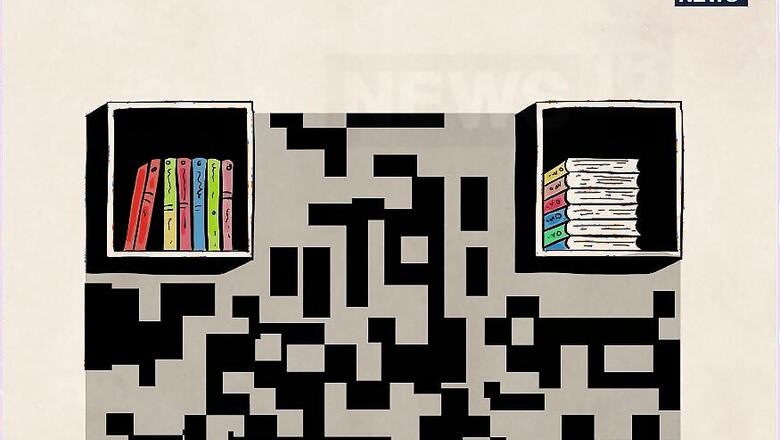
views
New Delhi: The traditional textbooks are set to get a makeover. By 2019, all textbooks are going to be embedded with QR codes and be called “Energized Textbooks”. It is being perceived that these books will become the anchors of learning for students and enable easy access to digital learning.
The change in the textbooks is intended to provide content to students with ease. The government has envisioned the move to enhance curriculum activities, provide additional information and contextualise content to supplement traditional textbooks with the help of QR codes. The codes will be printed on hardened pages inside the books.
As per the government estimate, around 200 million books embedded with QR codes will be available by 2019-20. These QR codes can be linked to engaging content or assessments of specific topics that are being taught to both equip teachers for better teaching and also students who themselves would have access to all the information regarding the topic for better understanding.
“QR codes provide interactive and engaging teaching and learning content and that ability has motivated the National Council of Education and Research and Training to adopt QR code identification and imposition process for their textbooks for the next academic year,” said the source from the Human Resource Development ministry.
QR code is a two-dimensional barcode that is readable by smartphones. Discovery of digital content from physical textbooks is made possible by printing a QR code in textbooks and by linking digital teaching and learning content to QR codes placed in textbooks at a chapter and topic level.
New books part of larger tech-based plan.
The Ministry of Human Resource Development and the National Council for Teachers Education have developed a dedicated digital infrastructure called ‘DIKSHA’ to provide tech-based solutions to teachers.
The scheme was launched in September, 2017 under which state governments and other organisations can seamlessly integrate DIKSHA with other teacher-centric initiatives.
Teaching and learning content, which involves ‘Energized Textbooks’ is one of the verticals of DIKSHA.
Other tech based initiatives under the scheme include a teacher profile and registry, teaching and learning content, teacher professional development, school leadership platform, platform for teachers to upload content and sections for “Innovation”, “Assessment” and “Communication.”
How would ‘Energized Textbooks’ help?
The tool is expected to provide teachers with more material to substantiate and expand upon the content in textbooks.
Teachers often face a shortage of time to prepare for classes with children of diverse learning needs. This initiative will enable the teachers to ideate and find more content and material. The classroom engagement will change as well with students listening, watching and learning.
QR Code vs URL
As opposed to QR codes, a URL, which was the second option, is more time consuming – the length of the URL determines the time taken to type it. QR codes are quick and take a uniform time to scan.
QR codes also help prevent errors since they do not involve any manual processes, unlike URLs that have to be manually typed and thus could easily be misspelt. QR codes are more handy.
The parties involved in implementing the QR code include the SCERT, which will be involved in identifying the textbooks that would ultimately be printed with the QR code.
Textbook development teams will be set up for identifying where QR codes are to be placed inside books. The teams will also design textbooks with QR code. The textbook printing division will tender for textbook printing.
The DIKSHA project management unit will provide technical guidance for the endeavour and make the QR code bank available.










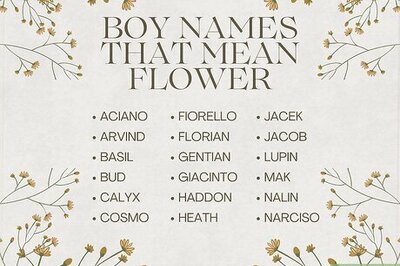

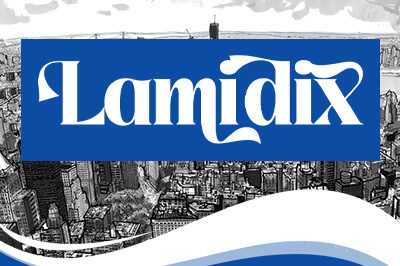
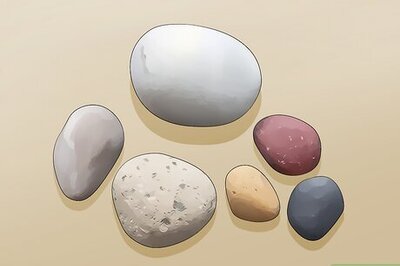
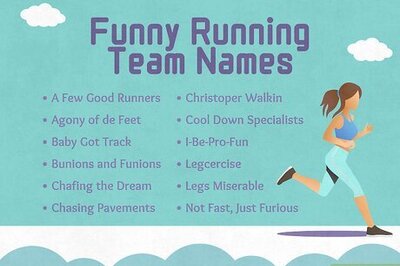

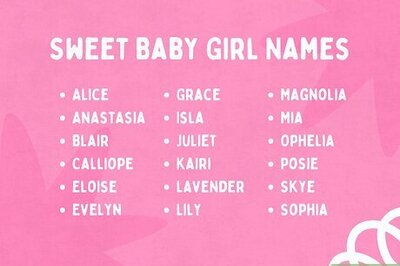
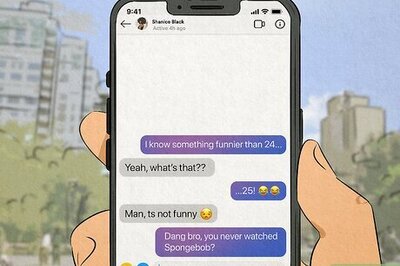

Comments
0 comment